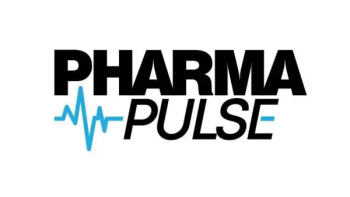
Fresenius Kabi Introduces Unit-of-Use 2D Barcodes
With the help of traceability, new feature prioritizes efficiency and safety, from production to patient.
Healthcare today is filled with challenges, including a need for improved data management, supply chain visibility, and the ability to track and trace the movement of products from manufacture to dispensing. Fresenius Kabi, a global healthcare company, is aiming to advance these improvements—updating its data management and product labeling systems to increase the traceability of its pharmaceutical products, improve patient safety, and help clinicians provide accurate administration to patients.
By committing to mark its products with branded barcodes from standards organization GS1 known as DataMatrix (also called 2D barcodes, which are similar to a QR code) in the US, Fresenius Kabi is able to encode product information in a much smaller footprint than the traditional, linear barcode (UPC code). The 2D barcode’s added capacity can accommodate product identification that enables traceability, and the miniature size could be helpful for smaller products that need to be scanned at point of care, such as the vials and syringes manufactured by Fresenius Kabi.
With one 2D barcode scan, clinicians can automatically capture the medication’s national drug code (NDC), lot number and expiration date, which a linear barcode does not provide. Automatic capture saves time and improves accuracy by eliminating the need to enter this information manually during patient care. The 2D barcode scan also enables clinicians to accurately confirm they are using the right product in the right dosage for the patient, and automatically import that information into the patient’s health record as well.
Achieving full product traceability involves prioritizing and executing comprehensive data systems that incorporate detailed product and supply chain information that can be readily, and automatically, exchanged between trading partners. GS1 Standards provide the “common language” for this information, including unique product identification using global trade item numbers (GTINs) in product barcodes for scanning as products move through the supply chain, arrive in healthcare facilities, and are used in patient care.
Newsletter
Stay ahead in the life sciences industry with Pharmaceutical Commerce, the latest news, trends, and strategies in drug distribution, commercialization, and market access.




